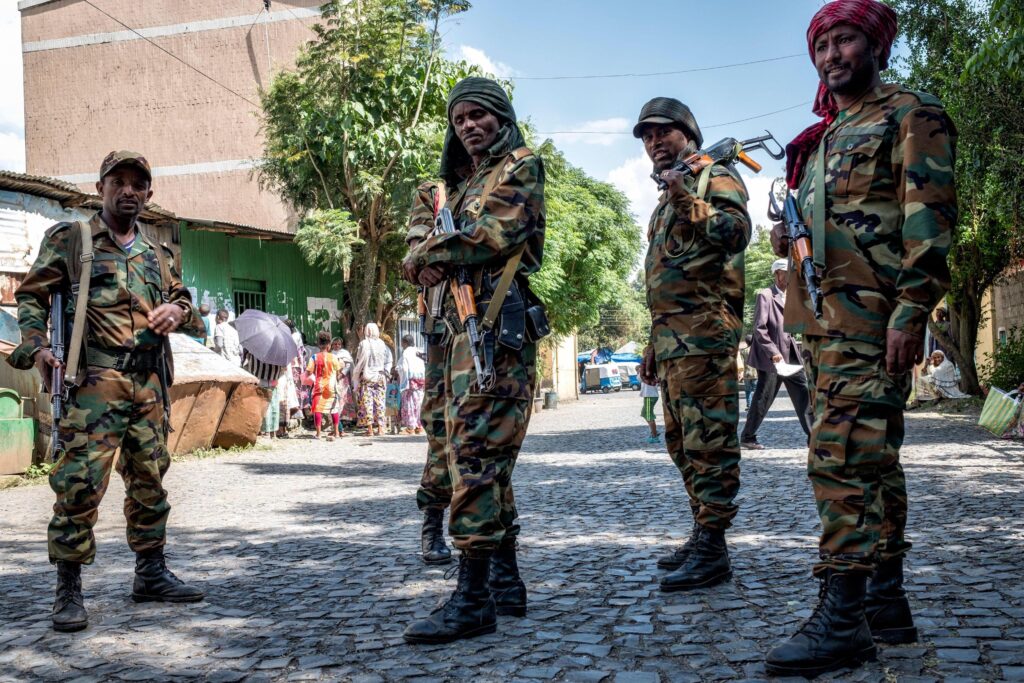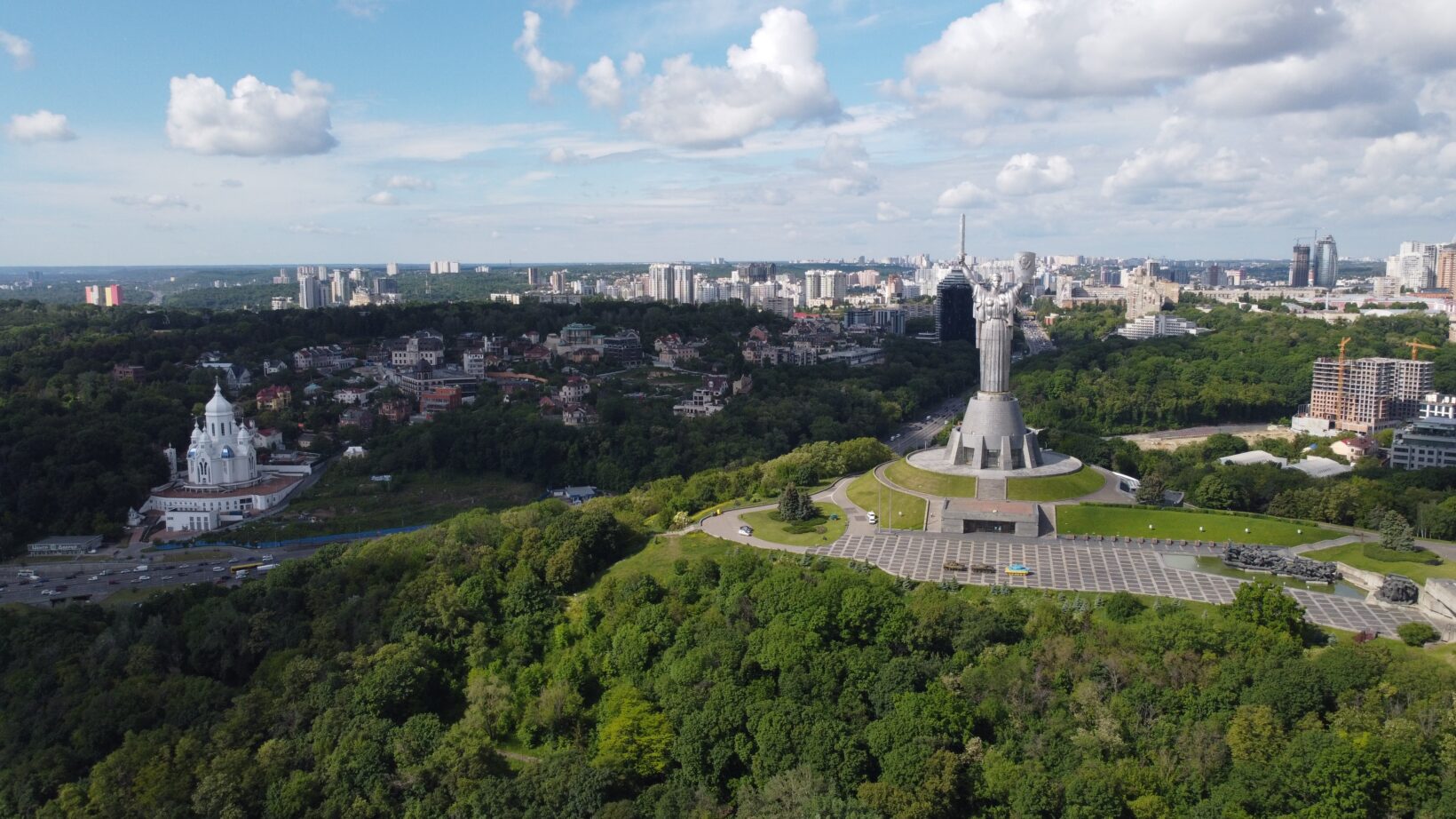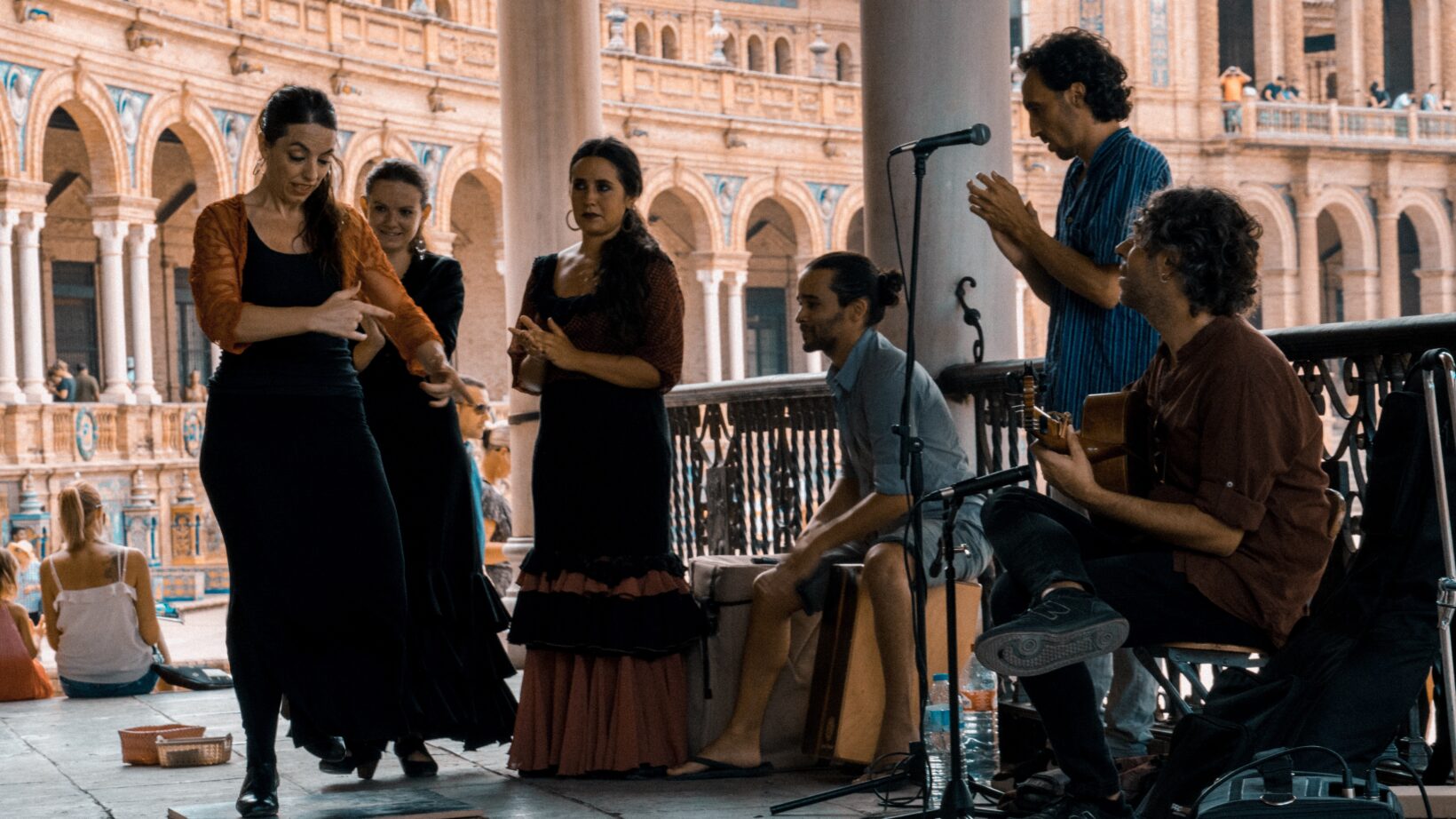At present, Eritrea is probably best known as the country that deployed its military in support of the Ethiopian National Defence Force’s efforts to eradicate the Tigrayan rebels. But current affairs can be a great distraction from long-standing atrocities, and the government of Eritrea is well acquainted with the latter, too.

Eritrea is most commonly rendered as ‘Africa’s North Korea’, an elastic and somewhat cliched comparison that doesn’t quite hold up. While loose comparisons may be drawn, such as both countries’ complete ban of independent press, and their subjection to sanctions by the UN; the differences between them are significant. For one, Eritrea has no nuclear weapons and does not pose an existential threat to its neighbours. Further, the dictator of Eritrea, Isaias Afwerki, appears not to have a ‘dear leader’ complex. No statues or portraits of the man are to be seen in Asmara, and in general he has done very little to foster a cult of personality. Moreover, Eritreans enjoy access to admittedly shoddy, but apparently uncensored internet, and satellite tv is ubiquitous. None of which can be said of North Korea. However, there is one defining impulse that characterises and allies vast swathes of both countries’ populations: an eagerness to escape.
To understand why 5,000 young people flee Eritrea every month – a statistic that puts Eritrea among the highest refugee-contributing countries to the European Union, and the highest from Africa – it is necessary to examine the history of war between Eritrea and neighbouring Ethiopia. In 1952, after some years of British protection, the General Assembly of the United Nations voted that Eritrea should become federated with Ethiopia. This arrangement was to last for ten years and would allow Eritrea to have some autonomy in its politics and internal affairs. After that, Eritrea was supposed to become an independent state. However, Eritrea suffered declining autonomy under Ethiopian rule, and an independence movement led by the Eritrean Liberation Front (ELF) broke out in 1961. Between the years of 1961-1991, and following the Ethiopian Chamber of Deputies vote to abolish the federation with Eritrea in 1962, and annex it two days later; Eritrean forces fought to throw off the power of the Ethiopian government.
When Emperor Haile Selassie of Ethiopia was overthrown by the Marxist-Leninist Junta, the Derg, in 1974, the Eritrean forces found themselves at war with a fresh enemy. With support from the Soviet Union, the Derg soon pushed Eritrean forces back and reclaimed the land lost by the previous Ethiopian administration. There had been some changes on the Eritrean side too. The ELF had largely dissipated, and in its place, comprised of groups that had splintered from it, was the Eritrean People’s Liberation Front (EPLF). Over the next 15 years or so, the EPLF fought alongside northern Ethiopian independence movements, including the Tigrayan People’s Liberation Front (TPLF), to overthrow the Derg. In the late 1980s, the Soviet Union stopped supplying the Derg with military equipment, and as a result, the Ethiopian army’s morale plunged. Finally, on 24th May 1991, Eritrean forces seized Asmara from Ethiopian rule and their de facto independence began. The EPLF established itself as the new Eritrean government and the TPLF took charge of Ethiopia. Relations between the two cautious allies went stale fast. In 1998, following a minor land dispute, a border war broke out between Eritrea and Ethiopia, which would last two brutal years.
In 1995, the Eritrean government issued the Proclamation of National Service. The objective of which was “the establishment of a strong Defence Force based on the people to ensure a free and sovereign Eritrea.” It’s easy enough to understand why a policy like this may have been enforced, given the aforementioned history. However, after gross distortions being made to the length of service time – which in the proclamation was set to be 18 months, and is now almost always indefinite – this policy is now the main cause of the flight of young people from the country. It would also herald the beginning of Eritrea’s military-educational complex. Every year, when they finish 11th grade, Eritrean students are rounded up in government ‘giffas’ and taken to SAWA Military Camp in the Gash-Barka region, to finish their final year of school. It is here where they study for their matriculation exam, which will determine the particulars of their future service to the country. Alex, a former student at SAWA who managed to flee Eritrea, was taken to the military camp in 2011, when he was just 16 years old. Itself a violation of the Optional Protocol to the Convention on the Rights of the Child on the involvement of children in armed conflict, to which Eritrea was a signatory. Alex says “SAWA leads to military life in Eritrea […] After completing the matriculation exam, results will be available to students at the end of the year. And only those who score a GPA of 1.2-4.0 will be sent back home for a month of break. Those who score between 1.2-1.8 will continue school to earn their diploma (Associate of Science or Arts), and those whose score is 2.0+ will join bachelor’s degree colleges. But the 85% of students who score below 1.0 GPA remain in SAWA. Scores of 0.2-1.0 will see students undertake a year-long technical course at the camp, and all others will join the military and depart to their respective military locations.”
He further states that “Even if you complete your bachelor’s or associate’s qualification, you’ll serve for life from the day of your graduation.” The large percentage of students not achieving the 1.0 GPA score required for further education is understandable, especially when considering that all students are subjected to harsh military treatment by commanding officers. Alex talks about some of the tasks that he and his peers were made to perform when they could have been studying “We were made to collect stones from the mountains far away from our dorm. We used to collect stones that were 1M in height, 5M in length and 10M in width, and we were told they would be collected by a truck someday. No trucks ever came, and there were stone collections there from several years back. Another day was for plantation work, another day for wood, another day for attending a guest speaker’s speech…All of those activities are on top of the routine running for “fitness”, getting in line to get to class and back – where a bunch of sticks are broken on your back for missing a step or rhythm – and so many more […] there is never adequate time to study at SAWA.”
What’s more, many of the students are severely malnourished, living off of “a fist-sized bread roll and a cup of tea” for breakfast, and “Very watery lentil soup and another bread roll” for lunch and dinner. Alex tells the story of his friend who suffered during an exercise drill “One day in May 2012 we had ‘Egri Guzo’ – a military travel on foot holding all of our equipment: water (not allowed for dinking), stretcher, AK-47, a small backpack, big kettle, dish for food, pot, and many other bits. My friend was unable to carry on as he was tired and sick. His temperature was very high, but the only remedy our “trainer” could offer was to hit him with sticks over his whole body. My friend finally fainted, and the officer continued to beat him. This travel is on brigade level, so there are 1500+ people travelling in two lines about 6 metres apart from each other. No one stops for any reason. No one waits either. My friend was left behind on the ground. Later that day an attendance check was made, and of course there was a missing person. The next day, the brigade chief came to me and asked me so many questions about my friend. I told him that he had no intention of feeling to Sudan from SAWA – missing from attendance is passed as an illegal runaway to Sudan. Later that day a pickup truck was deployed in search of him, and after 36 hours missing, he was found hidden in the mountains.”
Hannah Arendt’s definition of absolute evil, that is, actions that are “not able to be deduced from humanly comprehensible motives”, is adequate to describe the punishments inflicted upon students at SAWA. Alex tells me “They have the ability and authority to beat students with anything. I was beaten by stick, I endured overnight cuffing by rope, and overnight cuffing by my bedsheet on top of wet ground. I have witnessed worse…they made students dig holes of their own body size, one metre deep, then they threatened that they would be buried there.” Life after the camp is bleaker still for young Eritreans; as Alex puts it “They depart from SAWA and start their endless service.”
Matthew is a freelance journalist and essayist principally concerned with the ongoing human rights abuses in Eritrea. He works with members of the Eritrean diaspora, resistance movements inside and outside the country, and Eritrean media outlets such as Radio Erena with the aim to amplify Eritrean voices, and bring attention to their cause. He is interested in the broader topic of global affairs, enjoys social realism, particularly the novels of George Orwell, and tries to travel as often as possible.





